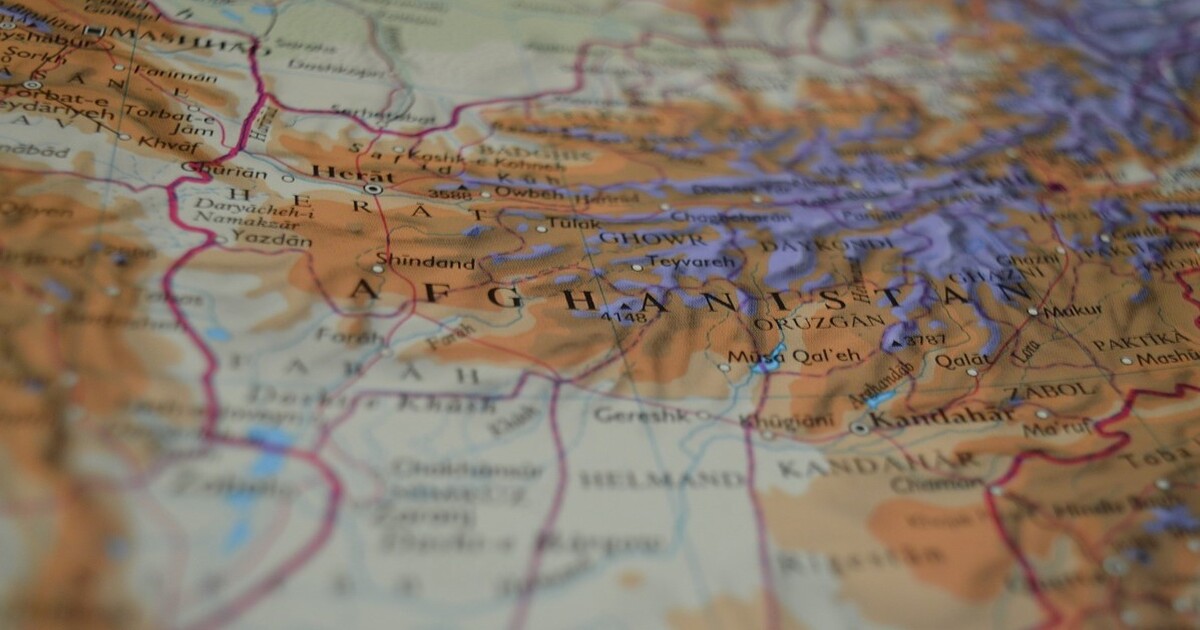Afghanistan: From Subjugation to Success
Following the fall of the Taliban, Kamila Sidiqi has taken full advantage of the new rights afforded to women.
September 5, 2015

Anna Loshkin was born in Odessa, Ukraine, but has lived much of her life in the United States. She spent a decade in the internet industry before deciding to pursue a career in photography and journalism.
Her work has appeared on BBC Russia and in The Diplomat and Tablet Magazine.
Her photographs have been exhibited in the United States and the United Kingdom, as well as online at the International Museum of Women.
She is currently working on a long-term project about influential Afghan Women.
Kamila Sidiqi learned tailoring and embroidery out of necessity. During Taliban rule, when women were banned from working, she helped her family survive by selling the clothing she and her sisters designed, sewed, and embroidered.
By the end of the Taliban era in 2001, 150 women were receiving their salaries from Kamila. She was only 18.
After the Taliban regime fell, Kamila found work with NGOs that arrived on the heels of NATO troops, first at the International Organization for Migration and UN Habitat, and then with Mercy Corps as a business trainer.
In 2004, she saw an opportunity to launch her own business, Kaweyan, that could train people how to write business plans, create budgets and learn all the other necessary skills to start a firm of their own.
She sent out a marketing email and quickly won her first contract, a week-long training programme for illiterate women in Bamiyan province.
Her second contract was to train an all-male group of senior employees in Herat. Sceptical at first, they were soon won over by Kamilas’ self-confidence and knowledge.
Kaweyan now has more than 100 staff and three divisions – business development, import/export, and logistics – and has carried out 43 projects in all provinces of Afghanistan.
Text and photographs by Anna Loshkin
 Anna Loshkin was born in Odessa, Ukraine, but has lived much of her life in the United States. She spent a decade in the internet industry before deciding to pursue a career in photography and journalism. Her work has appeared on BBC Russia and in The Diplomat and Tablet Magazine. Her photographs have been exhibited in the United States and the United Kingdom, as well as online at the International Museum of Women. She is currently working on a long-term project about influential Afghan Women.
Anna Loshkin was born in Odessa, Ukraine, but has lived much of her life in the United States. She spent a decade in the internet industry before deciding to pursue a career in photography and journalism. Her work has appeared on BBC Russia and in The Diplomat and Tablet Magazine. Her photographs have been exhibited in the United States and the United Kingdom, as well as online at the International Museum of Women. She is currently working on a long-term project about influential Afghan Women.The Other Hundred is a unique photo-book project aimed telling the stories of people around the world who are not rich but who deserve to be celebrated.
The Other Hundred Entrepreneurs: 100 Faces, Places, Stories — the second volume in The Other Hundred series — focuses on the world’s everyday entrepreneurs. It captures the reality that small and medium-sized businesses, rather than tech billionaires or elite MBAs, contribute the majority of the world’s jobs, including half of all jobs in Africa and two-thirds in Asia.
The book offers an alternative to the view that most successful entrepreneurs were trained at elite business schools. Here are people who have never written a formal business plan, hired an investment bank, planned an exit strategy or dreamt of a stock market floatation. Some work for themselves, others employ a few people, still others a few hundred.
 The book’s 100 stories were chosen from a pool of 10,000 images shot in nearly 150 countries. The book is published by Oneworld Publications in London and is available in bookstores worldwide and online.
The book’s 100 stories were chosen from a pool of 10,000 images shot in nearly 150 countries. The book is published by Oneworld Publications in London and is available in bookstores worldwide and online.



